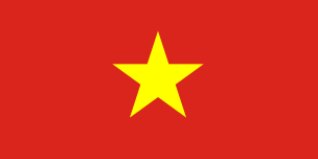Exploring Hoi An rice fields reveals a side of Vietnamese countryside where the rhythm of farmers, the thought of morning light, and reflections of sky in water all call you to slow down. This guide will show you the best spots, tips, and activities to experience this tranquil beauty fully – seamlessly arranged when you travel with HoaBinh Tourist.
1. Things to know about Hoi An rice fields
- The rice fields in Hoi An are located in areas such as Vinh Dien, Cam Thanh Commune, Cam Kim Island, and along rural edges around Tra Que Vegetable Village.
- Best times to see the fields at their most photogenic are during the rice seasons: when the fields are flooded and reflective (beginning of each season), during planting/transplanting, and when the rice turns golden just before harvest.
- Paths and narrow lanes between the fields become especially beautiful at sunrise or late afternoon, when light is soft and colors richer.
- Some sights are very close to Hoi An centre, so even short visits work well; others require bicycles or motorbikes to reach off‑road paths.
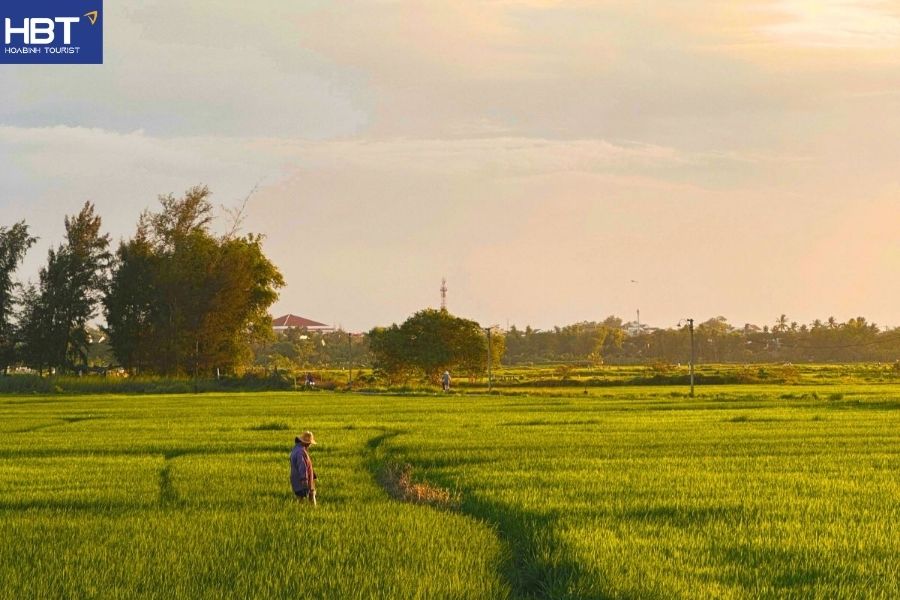
Soft dawn light over endless paddies reminds you that beauty often lives just beyond the tourist paths.
2. Best spots to see Hoi An rice fields
- Tra Que Vegetable Village: Fields around this village are among the easiest to reach from the Old Town, with lovely edge‑paths and cafes nearby. Beyond vegetables, early mornings here offer soft mist, roasted incense smell, and farmers in non la transplanting rice seedlings during the flooding season – making it a serene start for any rice‑field exploration.
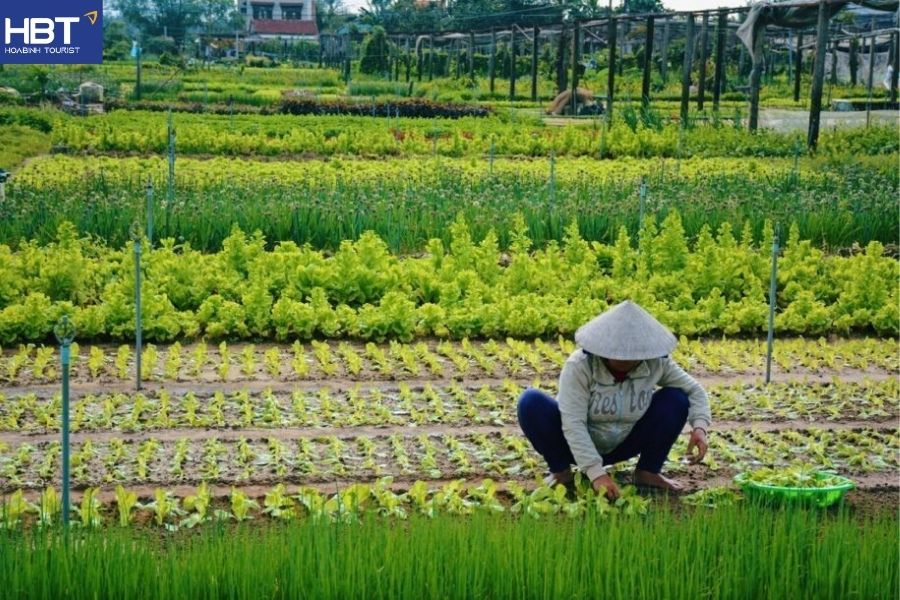
Fields around this village are among the easiest to reach from the Old Town, with lovely edge‑paths and cafes nearby.
- Vinh Dien Area: West of Hoi An via the DT608 road, this area offers broad fields, fewer crowds, and wide views ideal for photography. During golden hour, the light transforms Vinh Dien into a stunning palette of golds and greens; local bike tours pass rice paddies, mango orchards, and small river tributaries that reflect the sky in shallow water.
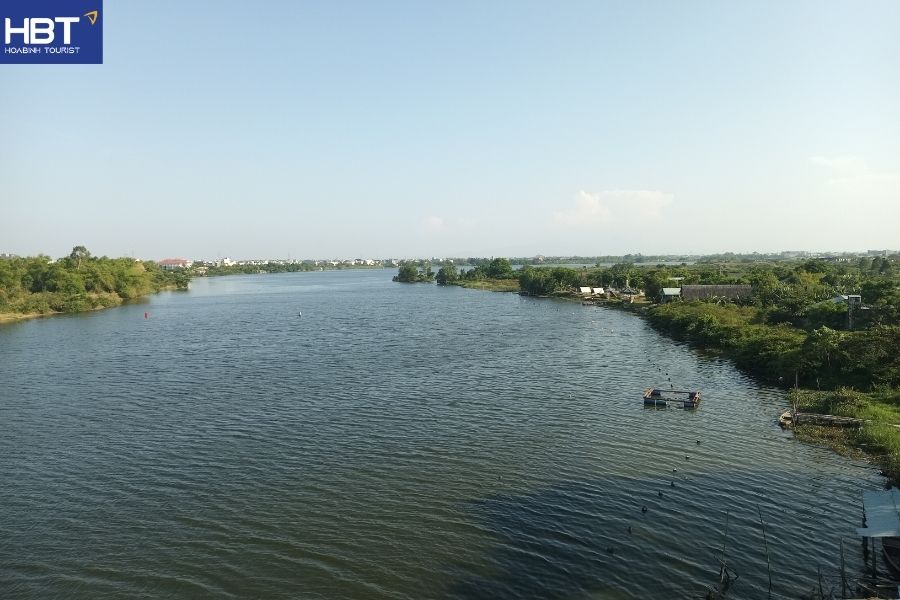
West of Hoi An via DT608 road, this area offers broad fields, fewer crowds, and wide views ideal for photography.
- Cam Thanh Commune: To the east, this commune not only preserves rice paddies but also canals, nipa palm forests, and rural life. The interplay of rice terraces with water coconut palms and wooden stilt houses makes Cam Thanh unique; riverine paths and water channels add reflections that are especially striking at sunrise and after rain.
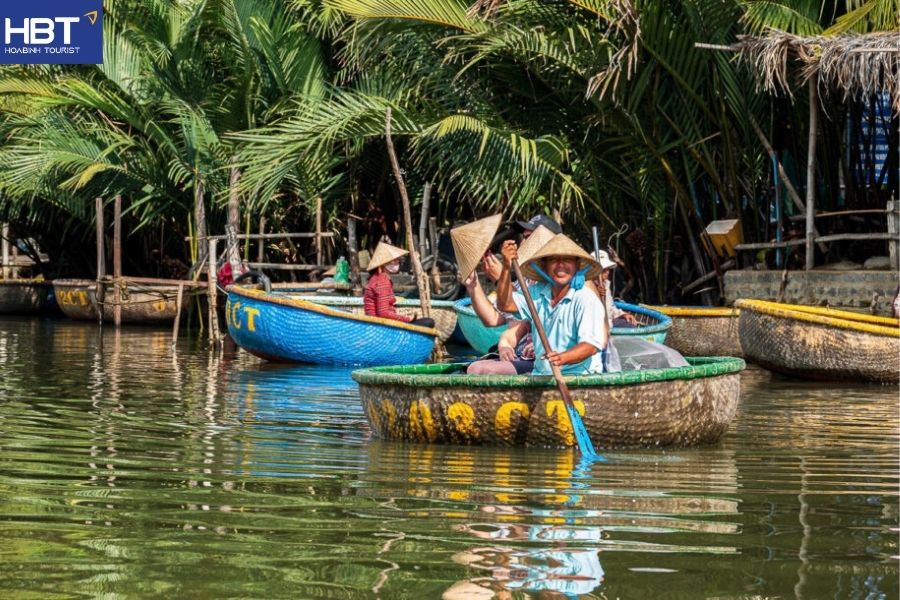
To the east, this commune not only preserves rice paddies but also canals, nipa palm forests, and rural life.
- Cam Kim Island: Cross the Thu Bon River to reach Cam Kim; there are rice fields near Kim Bong Carpentry Village connected by back roads and paths. Since the bridge was built (post‑2016), access has improved and visitors often cycle through quiet lanes, passing traditional wood crafting workshops, boat makers, and lush rice bordered by bamboo fences. Early morning and dusk are best to catch the glow and stillness.
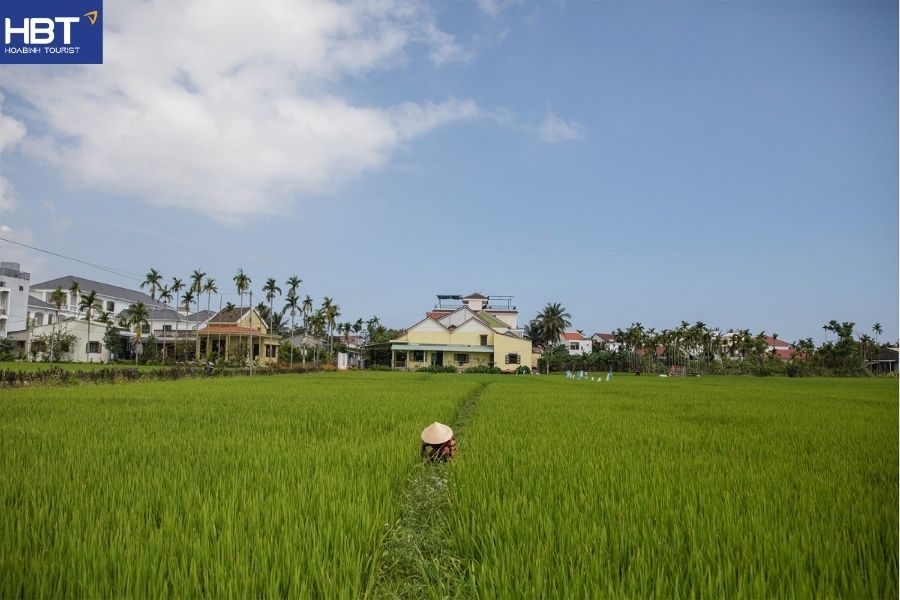
Cross the Thu Bon River to reach Cam Kim; there are rice fields near Kim Bong Carpentry Village connected by back roads and paths.
- Cam Chau Area: Situated between Hoi An Ancient Town and Cua Dai beach, Cam Chau reveals rural scenes: women in conical hats bypass flooded paddy edges, water buffalo graze near field margins, and small winding paths lead through lawns of rice. Light filtering through palm leaves at daybreak gives Cam Chau a soft, dreamy character beloved by photographers and peace seekers alike.
- Additional hidden paths: Off‑road lanes near Vinh Dien toward Dien Ban district offer less visited, rustic views – muddy paths, water buffalo, small huts, seasonal changes. Locals sometimes open fields for homestays or guide walks, giving a closer look at cropping cycles and harvest work.
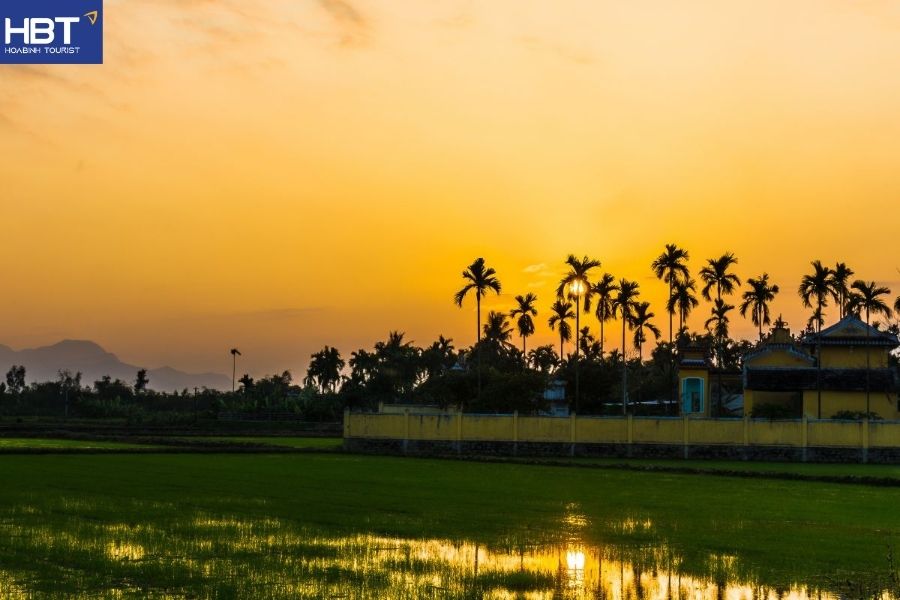
Rice Fields in Hoi An stretch wide beneath sky‑filled light, perfect for those who chase open horizons.
Read more:
Top 10 Hoi An museums to explore history and culture
3. Coffee shops with beautiful rice field views in Hoi An
- Roving Chillhouse: Located on Nguyen Trai Thanh Tay in Cam Chau, Roving Chillhouse opens daily around 7:00 AM to 9:00 PM. It’s tucked among peaceful rice paddies and features outdoor seating, natural wood floors, and a relaxed rustic design. Visitors come not just for the coffee, but for the panoramic countryside views, fresh air, and calm ambience. It also offers cycling tours through surrounding fields, market walks, and cooking classes – making it perfect for travelers who want both tranquility and local culture.
- Nghé Rice Paddy Café: Nestled at K32 Le Thanh Tong in An My, Cam Chau, Nghé Rice Paddy Café is surrounded by rice fields, offering fresh‑juice options, local coffee, and light meals. Early mornings are especially magical here – the mist rising off the paddies, soft sunlight, and quiet enough to hear birdcalls. It’s a wonderful spot for a slow start or break between exploring Hoi An’s cultural sites.
- Xom Chieu Coffee: Just steps from vibrant paddies in Cam Son or nearby rice areas, Xom Chieu offers a simple, rustic café ambience – wood tables, open views, and natural light streaming through. It tends to get more lively around midday, but early morning and late afternoon are magical times to enjoy calm walks, observe local farming life, or read a book over iced milk coffee.
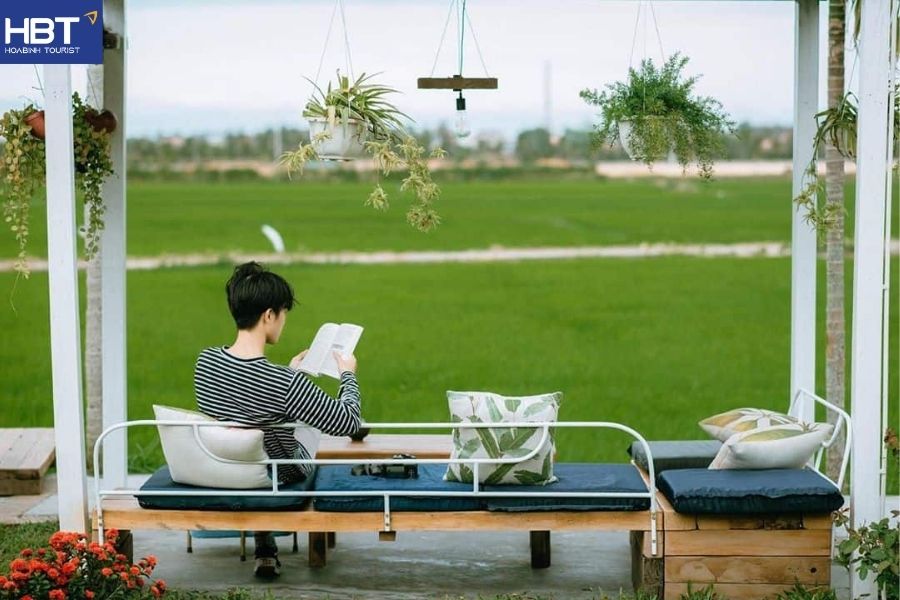
Sip rich Vietnamese coffee as rippling fields stretch before you – every sip a quiet moment in nature.
4. Best time to visit Hoi An for golden rice fields
The most magical time to visit Hoi An rice fields is during the golden rice season, typically from May to June, when the paddies ripen and glow under warm light. Another good period is early in the rice season (around February to March / April) when fields are flooded and reflect the sky like mirrors. Avoid the heavy rain months (September–December) to ensure clear views and safer travel.
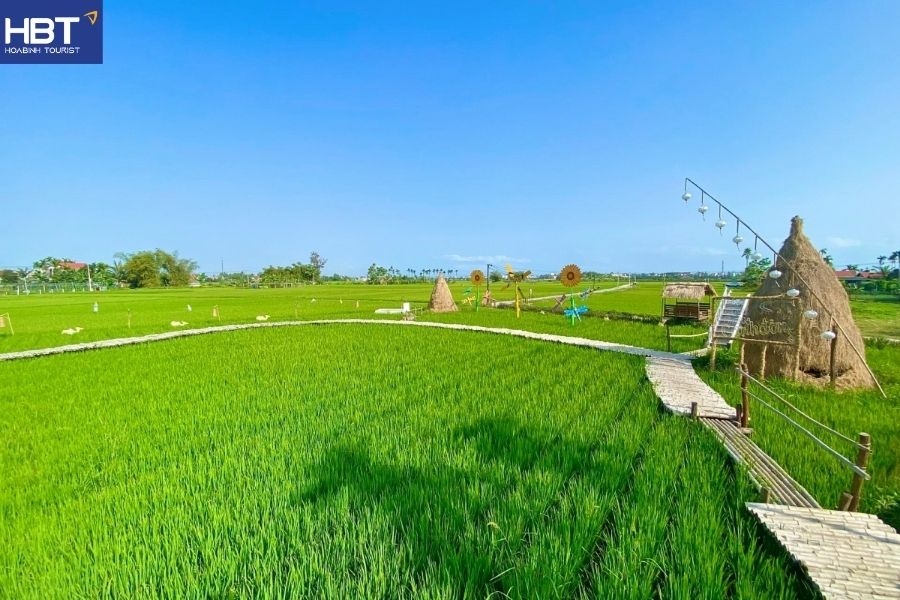
When sunlight kisses emerald stalks, Hoi An’s fields transform into golden watercolor stretches at dawn and dusk.
5. Exciting activities when exploring Hoi An rice fields
- Cycling or walking along rural lanes, especially in areas like Cam Kim, Vinh Dien, and Tra Que, lets you experience the countryside up close.
- Participating in rice transplanting, harvesting, or observing local farmers at work adds meaning and authenticity.
- Photography at sunrise or sunset; reflections on the flooded fields provide dreamy effects.
- Visiting local rice‑field cafes to rest, enjoy local snacks, and soak up the panorama.
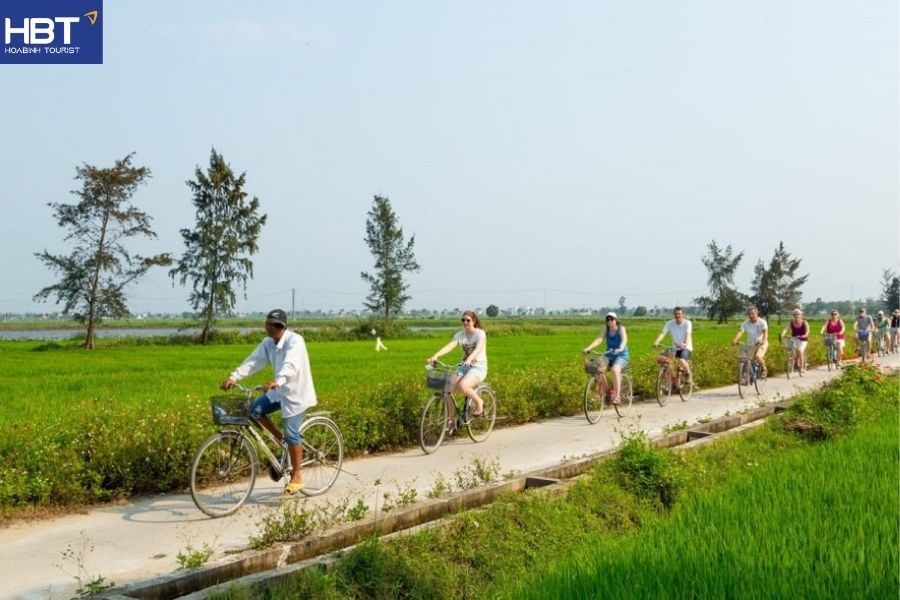
Feel the rhythm of rural life – bike lanes, golden fields, soft light, and hands in the earth.
6. Tips for visiting Hoi An during the rice season
- Check the specific rice season dates before going – young rice, ripening, or harvest periods offer different visuals.
- Wear sun protection (hat, sunscreen, sunglasses) and bring water, especially when visiting in midday.
- Be prepared for muddy or wet paths, especially at the start or end of the season; sturdy footwear helps.
- Use local guides or tours to access off‑road paths and best photo spots safely.
- Avoid the rainy season (around September–December) which can flood fields and reduce visibility.
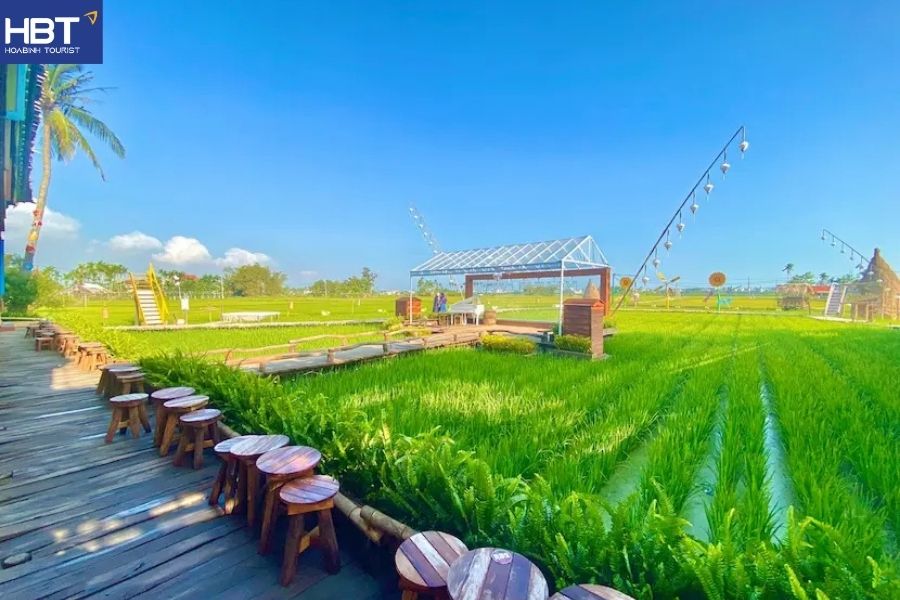
Light layering, sun cap, and an early start – essentials for capturing rice field magic while it lasts.
7. Turn Your Hoi An Rice Field Dream into Reality with HoaBinh Tourist
If the idea of emerald paddies swaying in golden light inspires you, let HoaBinh Tourist turn that vision into reality. With our full‑package tours, we provide VIP transportation, curated itineraries through Hoi An’s most striking rice field landscapes, and local café stops to match your pace. Book our Hoi An rice fields experience here to enjoy moments where nature, culture, and serenity meet in perfect harmony.
Ready to witness Hoi An’s countryside in full bloom? Book a private Hoi An tour with HoaBinh Tourist and enjoy seamless transportation, local insights, and golden fields that stretch beyond the horizon. Discover more:
Ngu Hanh Son – Hoi An Ancient Town
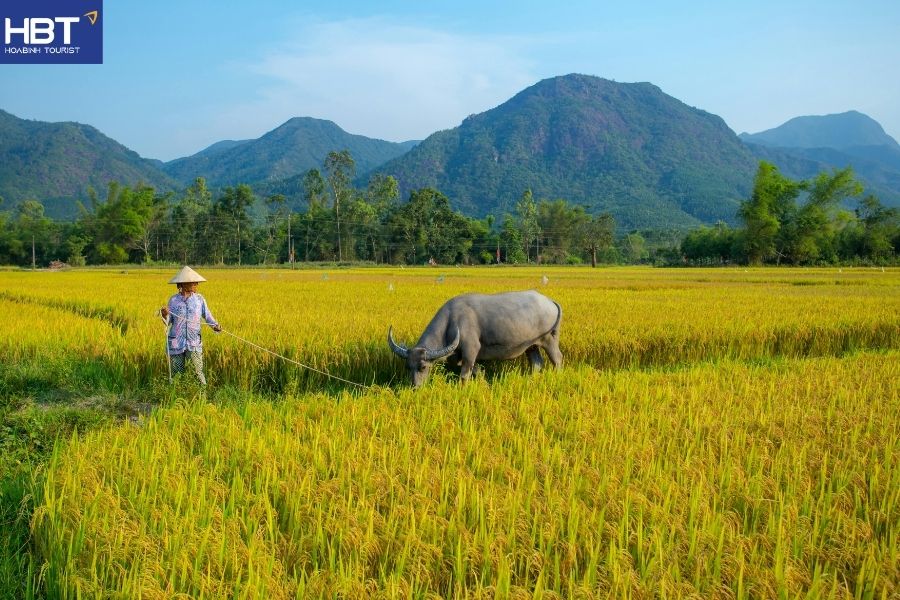
Let HoaBinh Tourist guide you through the golden fields of Hoi An – where every view becomes a cherished memory.
